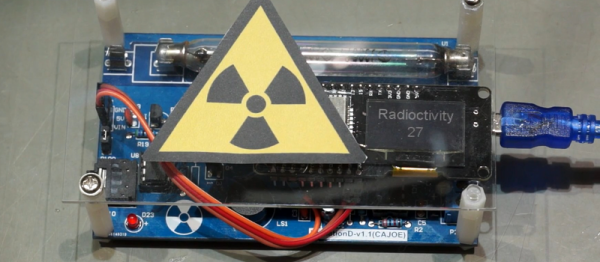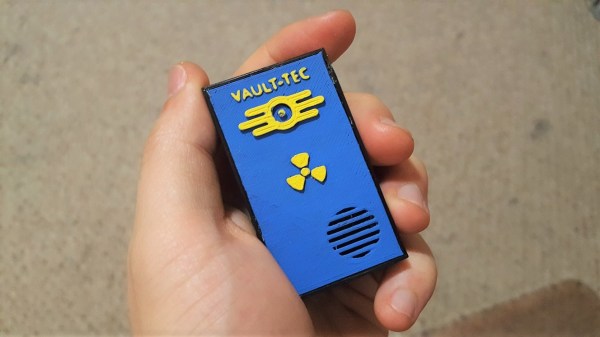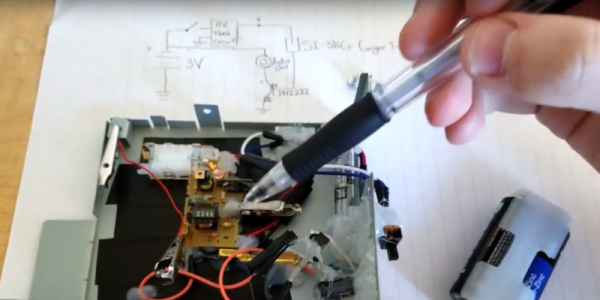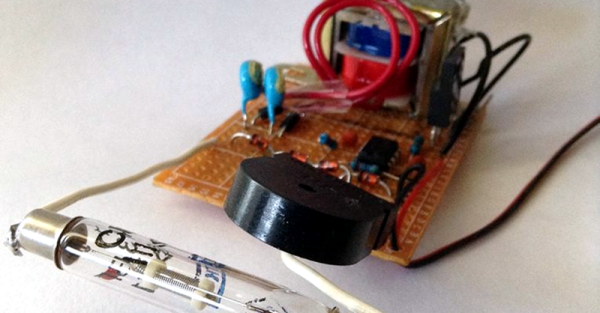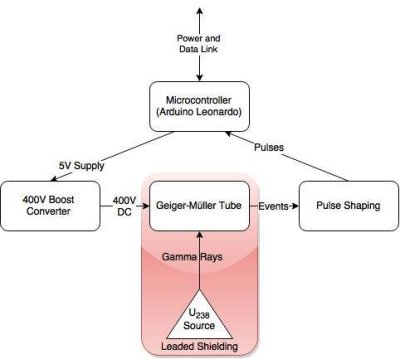[Andreas Spiess] did a video earlier this year about fallout shelters. So it makes sense now he’s interested in having a Geiger counter connected to the network. He married a prefabricated counter with an ESP32. If it were just that simple, it wouldn’t be very remarkable, but [Andreas] also reverse-engineered the schematic for the counter and discusses the theory of operation, too. You can see the full video, below.
We often think we don’t need a network-connected soldering iron or toaster. However, if you have a radiological event, getting a cell phone alert might actually be useful. Of course, if that event was the start of World War III, you probably aren’t going to get the warning, but a reactor gas release or something similar would probably make this worth the $50.

